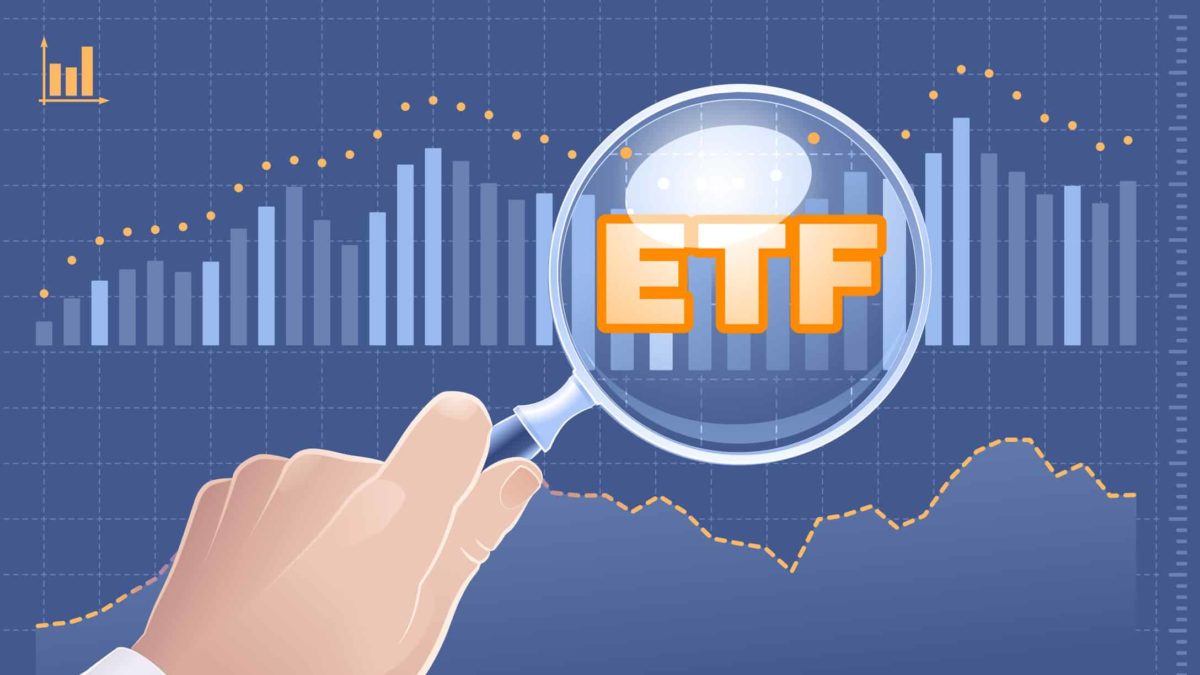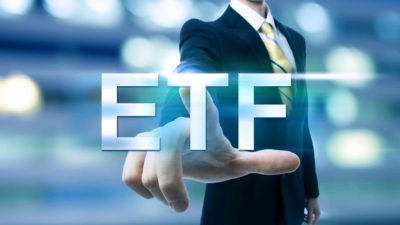Earlier this week, we looked at the dividend potential of the Vanguard Diversified High Growth Index ETF (ASX: VDHG). While we established that the VDHG ETF is a decent, if not spectacular, dividend payer, this ASX exchange-traded fund (ETF) is a relatively complex one.
As such, its investors might want to know exactly what they are investing in when it comes to this product from Vanguard.
Most of Vanguard's ETFs that ASX investors can invest in are simple index funds. For example, the popular Vanguard Australian Shares Index ETF (ASX: VAS) simply tracks the largest 300 shares listed on the ASX by market capitalisation.
The VDHG ETF is not so easy to get your head around.
How does the Vanguard Diversified High Growth Index ETF work?
The Vanguard Diversified High Growth ETF is one of Vanguard's 'ready-made' diversified ETFs, as the name implies. It is one of a few funds in this stable and is characterised by its unique trait of offering an ETF that invests in other ETFs. For want of a better phrase, it is an 'ETF of ETFs'.
Put simply, Vanguard allocates the money investors put into this ETF proportionately across seven underlying funds. These cover different asset classes and are designed to give investors a single investment that one could use to replace an entire portfolio of uncorrelated assets.
These seven funds cover the following asset classes (and their current proportions in the VDHG ETF) as follows:
- Australian shares – 35.47%
- Unhedged international shares – 26.58%
- Hedged international shares – 16.52%
- International bonds and fixed-interest investments – 7%
- International small-cap shares – 6.54%
- Emerging markets shares – 4.89%
- Australian bonds and fixed-interest investments – 3%
All of the funds that Vanguard offers here track the same seven underlying ETFs. The Australian shares portion would be represented by the VAS ETF we mentioned above, for example.
Meanwhile, the international shares portion of VDHG's portfolio would be made up of the Vanguard MSCI Index International Shares ETF (ASX: VGS). You get the idea.
What does an investment in VDHG units represent?
So in terms of the Vanguard High Growth Index ETF, its 35.47% weighting towards Australian shares represents an investment in the largest 300 shares on the ASX. These would be dominated by the likes of BHP Group Ltd (ASX: BHP), Commonwealth Bank of Australia (ASX: CBA) and CSL Limited (ASX: CSL).
In turn, the international sales portion of the fund's portfolio would count companies like Apple, Microsoft, Alphabet, Amazon and Tesla among its top holdings.
The emerging markets section would add even more spice, with the inclusion of shares like Taiwan Semiconductor Manufacturing Co, Petroleo Brasileiro, and Tencent Holdings.
Thus, you really are getting a mixture of all different kinds of investments here.
However, the exposure to each is tweaked to tailor each fund to different investment goals. To illustrate, the Vanguard Diversified High Growth Index ETF that we are discussing today leans far more toward the ETFs that give investors exposure to shares, as you can see above.
But the more defensive Vanguard Conservative Index ETF (ASX: VDCO) reverses this weighting in favour of bonds and fixed-interest investments.
So that's how this ETF works in a nutshell, and what kind of assets an ASX investment into VDHG units represents.
The Vanguard Diversified High Growth Index ETF charges a management fee of 0.27% per annum. As of 30 June, the fund has returned an average of 9.91% per annum over the last three years. As well as 7.63% per annum over the past five.









